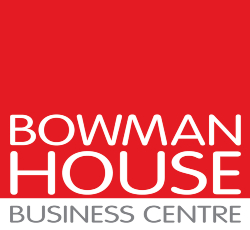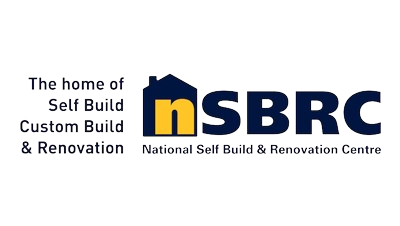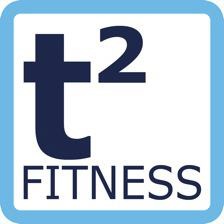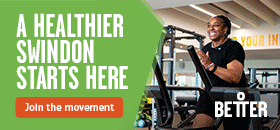In case you missed it see what’s in this section
Let's Talk
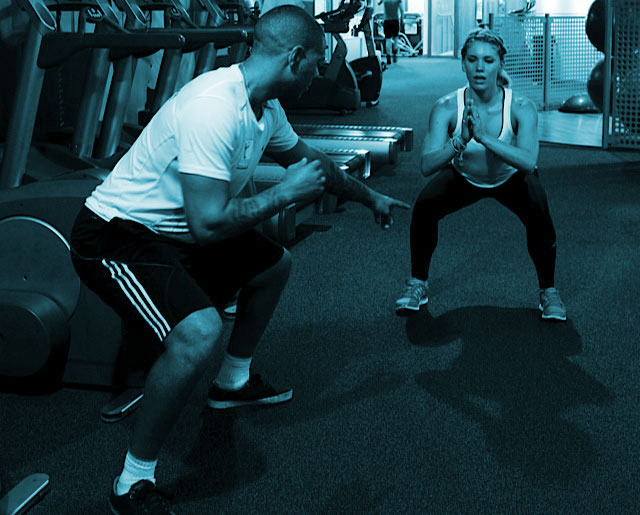
Squats – Why and How?
This latest blog entry from T2 Fitness poses the question, what are the benefits of squats?
Recently I was posed the question by a relative novice exerciser of why they should do squats, as in what are the benefits. My initial response to this kind of question – because it’s bad-ass – would not suffice. This person needed convincing as to the reasoning behind squatting a status as a Grade-A exercise.
It got me thinking that maybe this person isn’t alone… maybe a lot of people may need clarity. In a massive, exercise-based game of Chinese whispers, maybe the reasoning has been misinterpreted, or forgotten altogether. Maybe we do squats now because our trainer says its part of leg day. Maybe we squat because someone with oversized glutes on Instagram has us convinced?…either way, here is some truth for you.
The entire lower body will benefit from squats. The depth must be right to induce contraction of a lot of the lower body muscles, namely the adductors and also to ensure the hamstrings kick in as they should but there is no getting away from the muscular development that will take place in the lower body.
A synergistic relationship between the quads, the glutes and the hamstrings is an important benefit. It’s not one I’d expect you to hear spoken of that much but it’s one that is preached throughout T2 Fitness’ courses. These three large muscle groups in the lower body should have a relationship whereby they all have a job to do in controlling motion in the lower body.
The eccentric (lowering) phase of an exercise is best performed under a tremendous amount of control in order to develop muscular tension. This is then turned on its head when completing the concentric (overcoming gravity) phase. For this to happen the muscles need to all produce adequate force at the right times to ensure smooth, pain-free, efficient movement. If there is a kink in the chain at any point it is easy to see -knees rolling in, feet flattening out, hips shifting to the side or the upper body falling forward are all common faults of a restricted movement pattern.
Axial loading – Simply put, this means to load the spinal column. By placing a weight on the upper body (be it on the front or on the back) there will be a certain amount of spinal compression and core muscular tension. The benefits of this are related to the musculoskeletal system gaining strength and rigidity. This in turn makes you more robust and able to withstand forces to your structure.
This can’t be overlooked as a benefit, especially if you’re remotely sporty, or on the other end of the spectrum, you’re sedentary most of the time. Having decent core musculature and the ability to keep a neutral spine (which a good squat will teach ensure) should bulletproof your posture, and in turn for the latter group, your lower back!
Muscular recruitment – This is a term you may have heard. For those that aren’t so sure, what this means is that a good squats technique makes use of the stability of your anatomical structure. The fact that this structure can remain balanced and use its mechanical advantage to lift weights is a key reason why we develop strength.
Think about it this way… if you were to hold a weight out in front of your chest and squat there is a definite ceiling to the amount of weight you can use prior to not being able to perform this exercise with any degree of grace. However, due to how the squats are performed (weight directly over the bodies mid-line) we have a much greater mechanical advantage, and in turn the weights we can lift go through the roof!
The upshot is this – More muscle and strength! And for those of you trying to look leaner and drop a bit of body fat, the more muscle tissue you have that is active the more fat you’ll burn at rest due to an elevated metabolic rate.
So now you know the why, let’s have a look at the how to do squats
- Set the weight up to an appropriate weight for the number of reps you intend to do. If you are aiming for ten reps then a weight that won’t allow you to exceed twelve is a good place to start.
- Duck under the bar and grasp with an overhand grip just outside shoulder width
- Make sure the bar is balanced and rests on the spongy part of your upper back
- Lift the weight off of the rack and step back so that you clear the j-hooks the bar was resting on
- Set your feet so that they are around shoulder width or a little more and the toes just slightly pointed out. This will allow you to engage your glutes more and should combat your knees rolling inwards
- Aim to make your back short. What is meant by this is that if you pull your shoulders back and down its much harder to allow the spine to become a moving part. It should travel through space but the spine should not actively bend
- Initiate the squat by pushing your hips backwards. This is followed by simultaneously bending your knees.
- You should keep your heels flat on the floor and eye gaze forwards
- Aim to get to at least 90 degrees without losing the natural curve in the lower back. 90 degrees means that the top of the thigh, not the bottom, is parallel to the floor. Shorten the range and perhaps lower the weight if your lower back loses its shape
- With the weight distributed evenly throughout the foot return to the standing position
This is a fairly comprehensive list of teaching points. I’ll now go through a couple of the common faults:
Knees rolling in – Can be caused by weak glutes but also it can be caused by weak, or inhibited hamstrings. We often blame it on the glutes because they are primarily responsible for externally rotating the hip. The hamstrings however are a major player in assisting the glute in controlling hip Flexion on the eccentric phase as well as extending the hip in the concentric phase. If they can’t be called upon to assist the glutes then the adductor may take over, which pulls the knees towards the mid line.
Heels rising – this is generally caused by a lack of dorsi-flexion in the ankle. What this means is that the toes don’t move well towards the shin. When you stand up straight the foot will lie around 90 degrees in relation to the vertical shin. If you struggle to decrease this angle by pulling your foot upwards towards your shin you will also likely struggle to allow the shin to glide towards the front of the foot, as will happen on the downwards phase of a squat. The upshot is that you’ll aim to maintain the 90 degree angle that exists between the foot and the shin and the only way to do this is to allow the heel to raise off the floor. The calves may need stretching if this is the case and the ankle may benefit from some enhanced mobility.
For now that is all from me on this. The take home message? Squats are BAD-ASS!
Weather in Swindon
Listings


